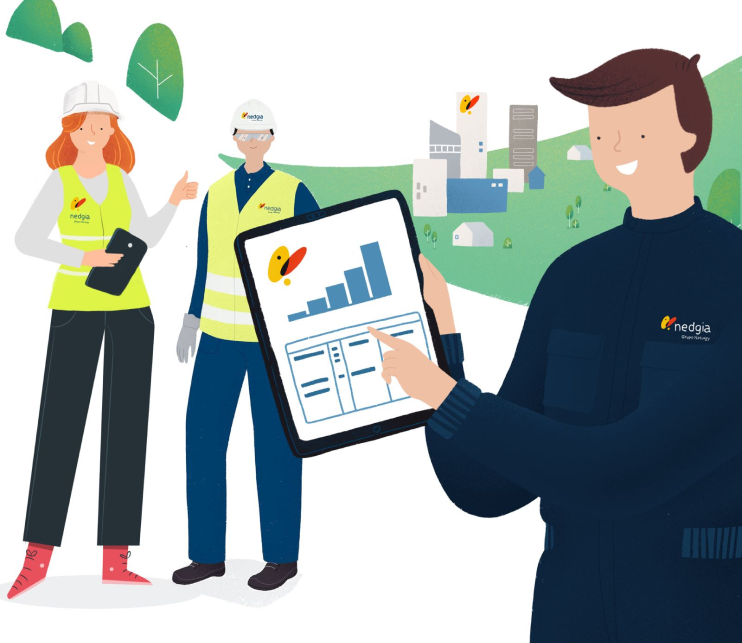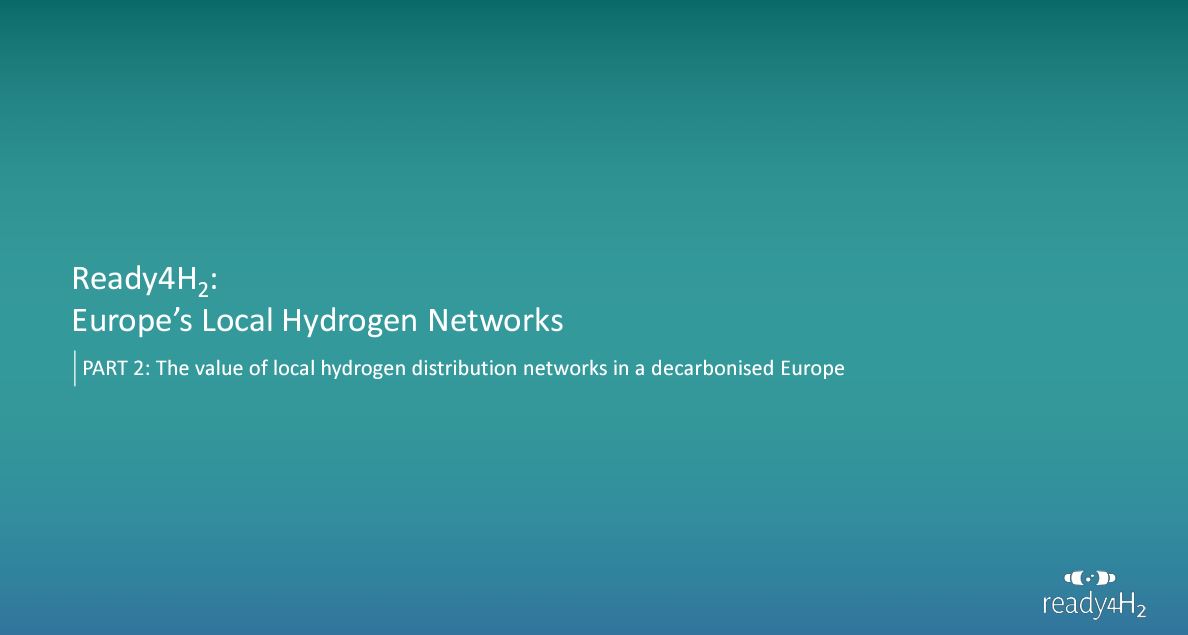A new report from Ready4H2, involving a total of 90 European distributors in 17 countries, has shown how gas distribution networks will add significant value to future hydrogen development in Europe, making it possible to achieve the ambitious climate targets of the European Union’s Fit-for-55 package.
The report demonstrates how investment in a combined electricity and gas infrastructure is capable of reducing annual investments in energy infrastructure by 41 billion euros from 2031 to 2050 in a future decarbonisation scenario that includes significant volumes of hydrogen and green methane, as compared to a scenario that relies heavily on electrification.
“On the road to decarbonisation in Europe, we are looking for the most cost-effective way to achieve decarbonisation (net zero). By focusing on converting gas distribution networks to hydrogen, we believe that we are one step closer to that goal,” notes Peter Kristensen, chairman of Ready4H2.
Incorporating hydrogen into the gas infrastructure enables the integration of growing intermittent renewable energy production.
A future problem for the European electricity system is vulnerability to unstable weather patterns as large volumes of renewable energy sources, such as solar and wind, are connected to the network.
To ensure a continuous power supply during cloudy or windless periods, durable and fast-acting storage capacity is needed on a large scale. Given the need for large-scale underground storage facilities linked to hydrogen production, gas infrastructure has a key role to play in providing such storage and ensuring a safe and reliable energy supply.
“In the coming decades, Europe’s energy system will become increasingly dependent on unmanageable energy sources, with wind and solar capacity forecast to increase to nearly 1,000 GW. Changing climatic conditions may lead to a sustained reduction in wind and solar power generation. This happens several times a year for various days in a row, much longer than batteries can provide backup,” says Peter Kristensen. He adds that, “to ensure continuous energy supply during these periods, large-scale storage capacity is needed, which local gas infrastructure operators can provide.”
This report is available on the Ready4H2 website: www.ready4h2.com
About Ready4H2
Ninety distributors from 17 European countries have formed Ready4H2, including the five Spanish gas distributors (Nedgia, Nortegas, Madrileña Red de Gas, Redexis and Gas Extremadura). The initiative seeks to facilitate the launch of a Spanish and European regulatory framework for hydrogen development using the potential of European gas infrastructure, thus benefiting the public and helping meet the EU’s carbon neutrality goals, by sharing the knowledge and experience acquired in own projects and collaborating with other local hydrogen value chain agents in each country.
About Nedgia
The Naturgy group subsidiary is the leading natural gas distribution company in Spain, where it operates in 11 autonomous regions and 1,150 municipalities. It has over 5.4 million supply points, representing 70% of consumers. Its main assets are the more than 54,000 kilometres of networks that enable the safe and efficient supply of natural gas and renewable gas (biomethane), as well as hydrogen in the future. nnovation, proximity and customer service are part of its raison d’être, and characterise its activity.







